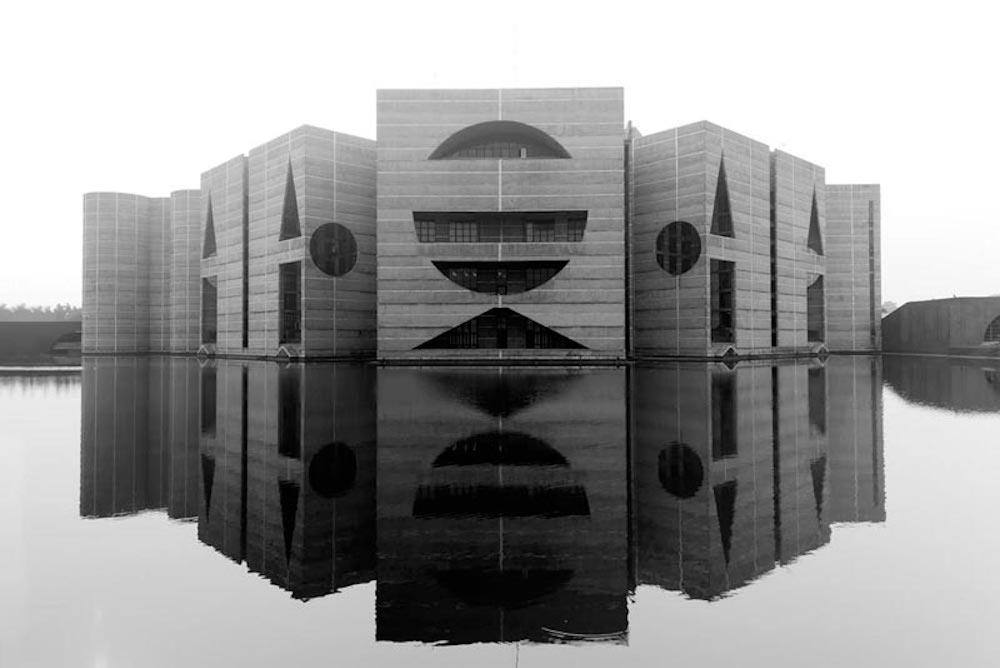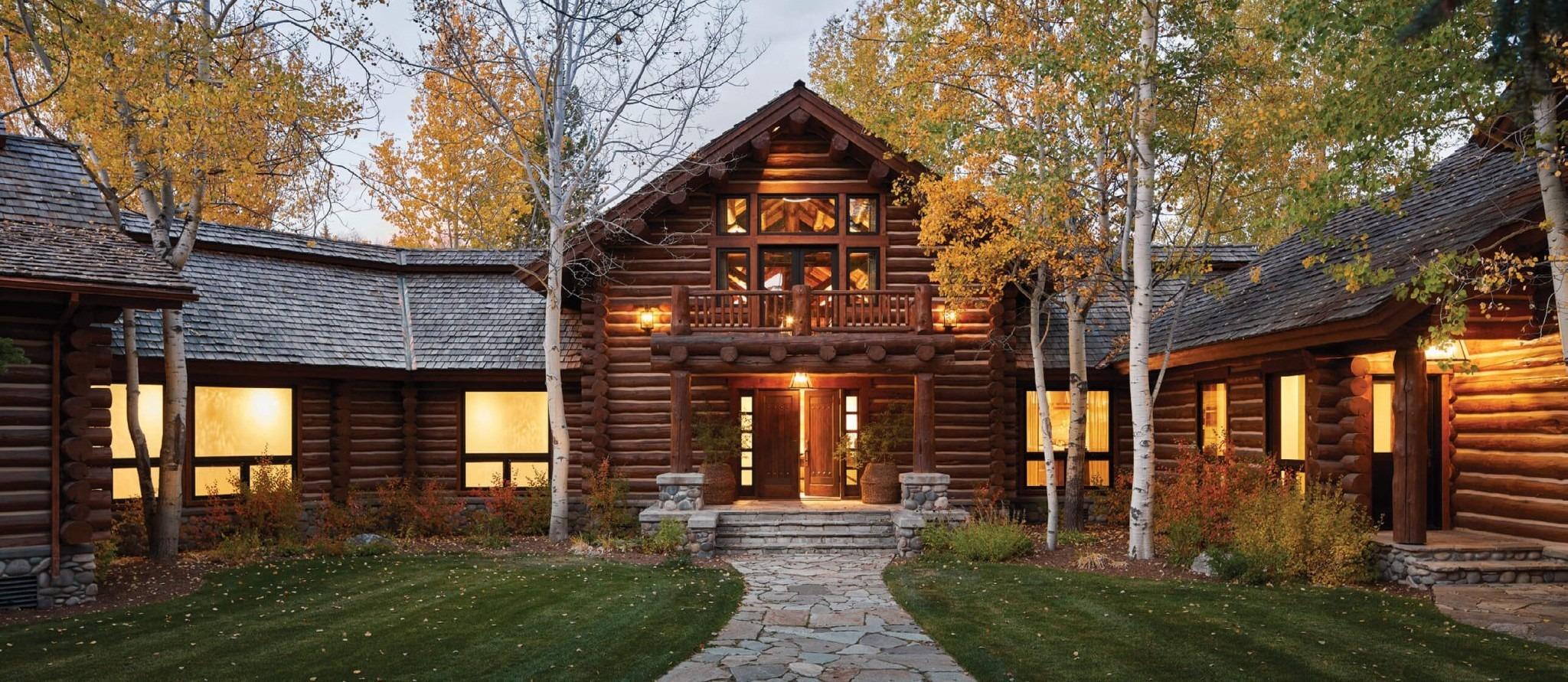As part of Archtober in New York, the Louis Kahn Foundation in Estonia, along with the Four Freedoms Park and the Estonian Consulate, recently pulled together three programs dealing with Kahn’s Estonian heritage. One of the programs was the world premiere of a site-specific acoustic piece created especially for Four Freedoms Park, by acclaimed jazz musician Maria Faust. She performed it on site on October 16. Two other programs included a panel about Kahn as a teacher, and “Kahn Club” at Estonian House, which opened a photography exhibit by Arne Maasik, now on view through Nov. 16. A+ A recently interviewed Ott Rätsep, of the Louis Kahn Estonia Foundation, via email:
What was Kahn’s background in Estonia?
Louis Kahn was born on the island of Saaremaa, in Kuressaare, which became a small, flourishing, resort town in the early 20th century. It was the hometown of Kahn’s mother’s family – her parents and seven siblings all lived there – and was considered at the time a part of the Russian Empire. Saaremaa was a rather well-developed region that kept up with the discoveries and innovations of the time. In the middle of it all stands the Kuressaare Castle – a medieval, Gothic-style, convent structure. Two quotes by Kahn – one about being born on an island with a castle on it, and another about becoming an architect at the age of three — suggest that one of his creative sources is located in Saaremaa. As we know, his beginnings were very important to Kahn and this context makes this reference to his origins especially meaningful.
We also have to pay special attention to Kahn’s 1928 European tour, when he stayed in Saaremaa for a month. He discussed the visit with his engineer, August Komendant, who was also originally from Estonia. A very fruitful and successful collaboration between these two Estonian men – Kahn and Komendant – began in 1956. Thanks to their collaboration, there was some knowledge about Kahn in Estonia. The 1962 book on Louis Kahn by Vincent Scully Jr. was known there – first only among a small group of professionals, given the difficulty of American books and messages coming through the Iron Curtain – and later, among the larger population. The first “Kahn Days” took place in Saaremaa in 2006, with participation of the architect’s children.
Why did he come to the states?
Kahn’s family shared a similar fate with other Jewish families in Kuressaare at the time. The Russo-Japanese War had begun and many Jewish men of an age suitable for the service feared conscription in the czar’s army. Kahn’s father was one of them, leaving his homeland and arriving in American in 1904. His family followed him in 1906.
When and why was the Estonian Kahn foundation formed?
The Kahn Foundation was formed following the “Kahn Days” program in Kuressaare. An important impetus for the establishment of the foundation was the opportunity to acquire and bring to Estonia the concert ship Point Counterpoint II designed by Kahn. For various reasons, this did not come to pass. In recent years, we have clearly felt an interest in the European Kahn Research Center. Scholars, such as art historian, Heie Treier ,PhD, have contributed immensely to the Kahn-Estonia research. One of our foundation’s goals is to establish the Kahn Center in Saaremaa.
What were the three programs?
The three events highlighting Kahn’s Estonian roots took place on October 16, as part of Archtober. They were carefully curated in close collaboration with the Estonian Cultural Affairs Coordinator in New York, Jaanika Peerna. A full day of programs included “Louis Kahn as a Teacher,” a conversation with Louis Kahn’s student Charles E. Dagit, dedicated to his book “Louis I. Kahn – Architect,” soon to be published in Estonian. We also presented the world premiere of site-specific musical piece MO(NU)MENT by Saaremaa-born jazz musician Maria Faust, at Franklin D. Roosevelt Four Freedoms Park, Kahn’s last work. Though designed decades ago, it was only completed in 2012. We ended the day with Kahn Club in New York Estonian house with a program that included a photography exhibition “Kahn. Islander” by artist and photographer Arne Maasik. The exhibition is on view through November 16th. It is
The foundation’s connection to Four Freedoms Park?
Our collaboration with Four Freedoms Park began in 2019, when we showed the exhibition “Kahn. Islander” at the UN headquarters. We connected and discussed an idea to have a similar exhibition at the park but the pandemic put those plans on hold. However, we stayed in touch and were able to put together another collaboration, the world premiere of Maria Faust’s MO(NU)MENT, which was created specifically for the site.
Who is Maria Faust?
Maria Faust is an acclaimed jazz alto saxophonist and composer currently living in Copenhagen, Denmark. Charismatic and eccentric, Maria Faust is one of the most successful Estonian jazz musicians of all time and the recipient of prestigious awards and honors including multiple music awards. Like Kahn, she was born in Kuressaare on the island of Saaremaa, and they both have been influenced by the architecture of Kuressaare’s episcopal castle. Her piece, MO(NU)MENT, is a symbolic journey and artistic exchange where architecture meets sound and Kahn’s and Faust’s cycle of creative works are united.
Both were also born at a time when Estonia was conquered and annexed by a foreign power (the Russian Empire and the Soviet Union respectively). Thus, in addition to Kahn’s 120th birthday, Faust symbolically celebrated freedom at Four Freedoms Park.
What are the connections between music and architecture, in her eyes?
From Maria Faust: “The brilliant quote, attributed, among others, to Thelonious Monk, sums up my feelings about it: ‘Writing about music is like dancing about architecture.’ Connections between art forms are sometimes challenging to grasp yet anyone who watches music videos can see a connection between visual arts and music. Music and architecture share a building process: dig a hole, pour the foundation, construct walls and windows, add the roof, put in the lights, decorate… Obvious way of creating anything, really.
To create MO(NU)MENT, I looked at the site (Kahn referred to it as “The Room”). I noticed how the light lands on different places and tried to catch the moments when a ray of sunshine comes between two blocs, how the dust dances and the shadows change during the day. For me, the light is sound, and the blocks are mirrors. Translating Kahn’s architecture into music was an enjoyable exercise. The majority of elements – such as contrasts, massive blocks vs “light cracks” – were already in my toolbox. Last but not least, I used collective trauma as a tool for creating a bridge between Kahn and myself, and it ended up becoming one of the main themes.
MO(NU)MENT comes with a graphic score. It is another and clear way to create a bridge between music and architecture. It looks fun and sounds great.
Background on Arne Maasik?
Arne Maasik started as an architect and step by step came to photography, which is now his main activity. Incidentally, his first job was at the Vilen Künnapu’s architecture office – Künnapu was one of the first to introduce Kahn in Estonia more than half a century ago.
For his exhibition “Kahn. Islander,” Arne photographed the medieval architecture in Saaremaa, which surrounded Louis Kahn as a little boy in Estonia, as well as Kahn’s buildings around the world.
For more, go here.
[slideshow id=2376]


